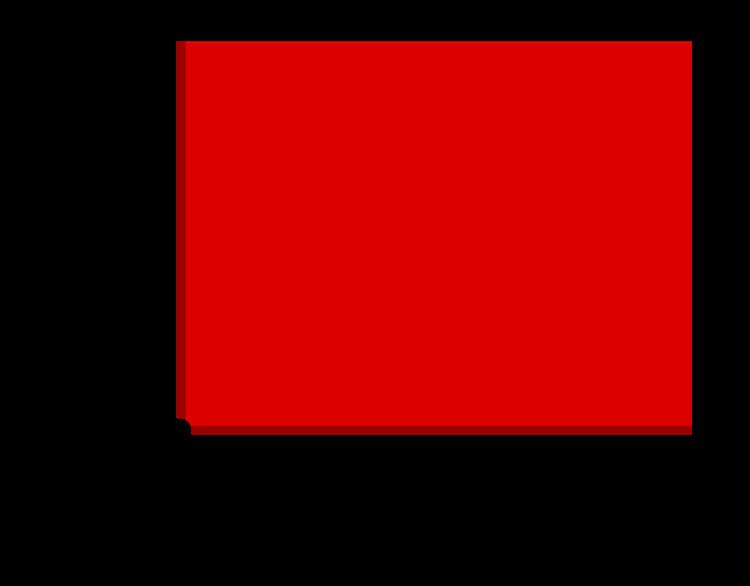In mathematics, an ordered vector space or partially ordered vector space is a vector space equipped with a partial order that is compatible with the vector space operations.
Given a vector space V over the real numbers R and a preorder ≤ on the set V, the pair (V, ≤) is called an preordered vector space if for all x, y, z in V and 0 ≤ λ in R the following two axioms are satisfied
- x ≤ y implies x + z ≤ y + z
- y ≤ x implies λy ≤ λx.
If ≤ is a partial order, (V, ≤) is called an ordered vector space. The two axioms imply that translations and positive homotheties are automorphisms of the order structure and the mapping x ↦ −x is an isomorphism to the dual order structure. Ordered vector spaces are ordered groups under their addition operation.
Given a preordered vector space V, the subset V+ of all elements x in V satisfying x ≥ 0 is a convex cone, called the positive cone of V. If V is an ordered vector space, then V+ ∩ (−V+) = {0}, and hence V+ is a proper cone.
If V is a real vector space and C is a proper convex cone in V, there exists a unique partial order on V that makes V into an ordered vector space such V+ = C. This partial order is given by
x ≤
y if and only if
y −
x is in
C.
Therefore, there exists a one-to-one correspondence between the partial orders on a vector space V that are compatible with the vector space structure and the proper convex cones of V.
The real numbers with the usual order is an ordered vector space.R2 is an ordered vector space with the ≤ relation defined in any of the following ways (in order of increasing strength, i.e., decreasing sets of pairs):Lexicographical order: (a,b) ≤ (c,d) if and only if a < c or (a = c and b ≤ d). This is a total order. The positive cone is given by x > 0 or (x = 0 and y ≥ 0), i.e., in polar coordinates, the set of points with the angular coordinate satisfying −π/2 < θ ≤ π/2, together with the origin.(a,b) ≤ (c,d) if and only if a ≤ c and b ≤ d (the product order of two copies of R with "≤"). This is a partial order. The positive cone is given by x ≥ 0 and y ≥ 0, i.e., in polar coordinates 0 ≤ θ ≤ π/2, together with the origin.(a,b) ≤ (c,d) if and only if (a < c and b < d) or (a = c and b = d) (the reflexive closure of the direct product of two copies of R with "<"). This is also a partial order. The positive cone is given by (x > 0 and y > 0) or (x = y = 0), i.e., in polar coordinates, 0 < θ < π/2, together with the origin.Only the second order is, as a subset of
R4, closed, see partial orders in topological spaces.For the third order the two-dimensional "intervals"
p < x < q are
open sets which generate the topology.
Rn is an ordered vector space with the ≤ relation defined similarly. For example, for the second order mentioned above:x ≤ y if and only if xi ≤ yi for i = 1, ..., n.A Riesz space is an ordered vector space where the order gives rise to a lattice.The space of continuous functions on [0,1] where f ≤ g iff f(x) ≤ g(x) for all x in [0,1].An interval in a partially ordered vector space is a convex set. If [a,b] = { x : a ≤ x ≤ b }, from axioms 1 and 2 above it follows that x,y in [a,b] and λ in (0,1) implies λx+(1-λ)y in [a,b].
